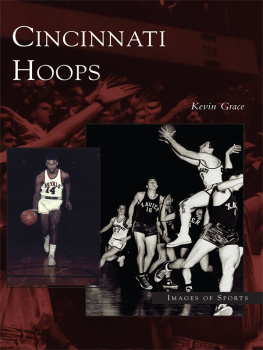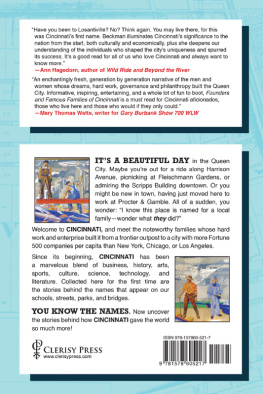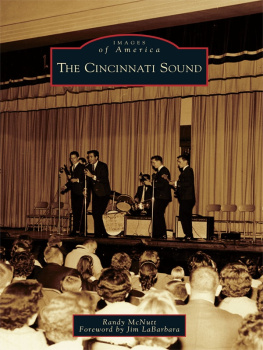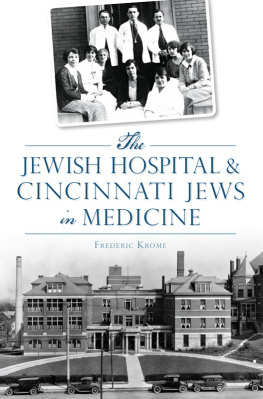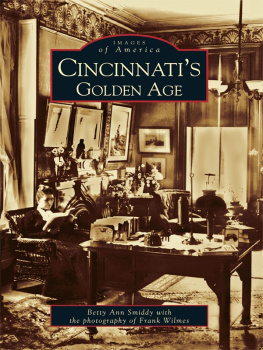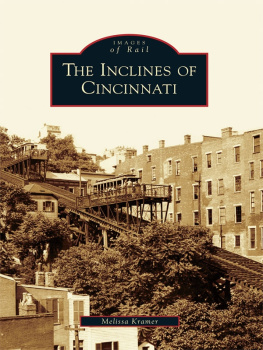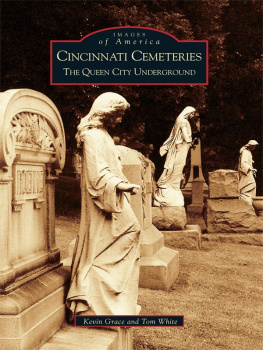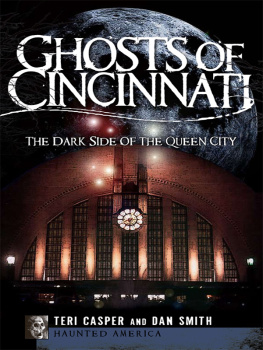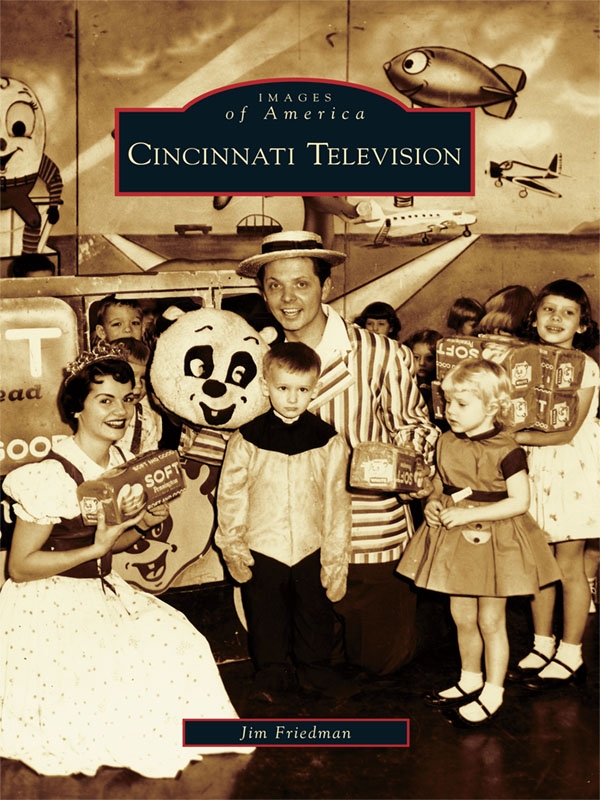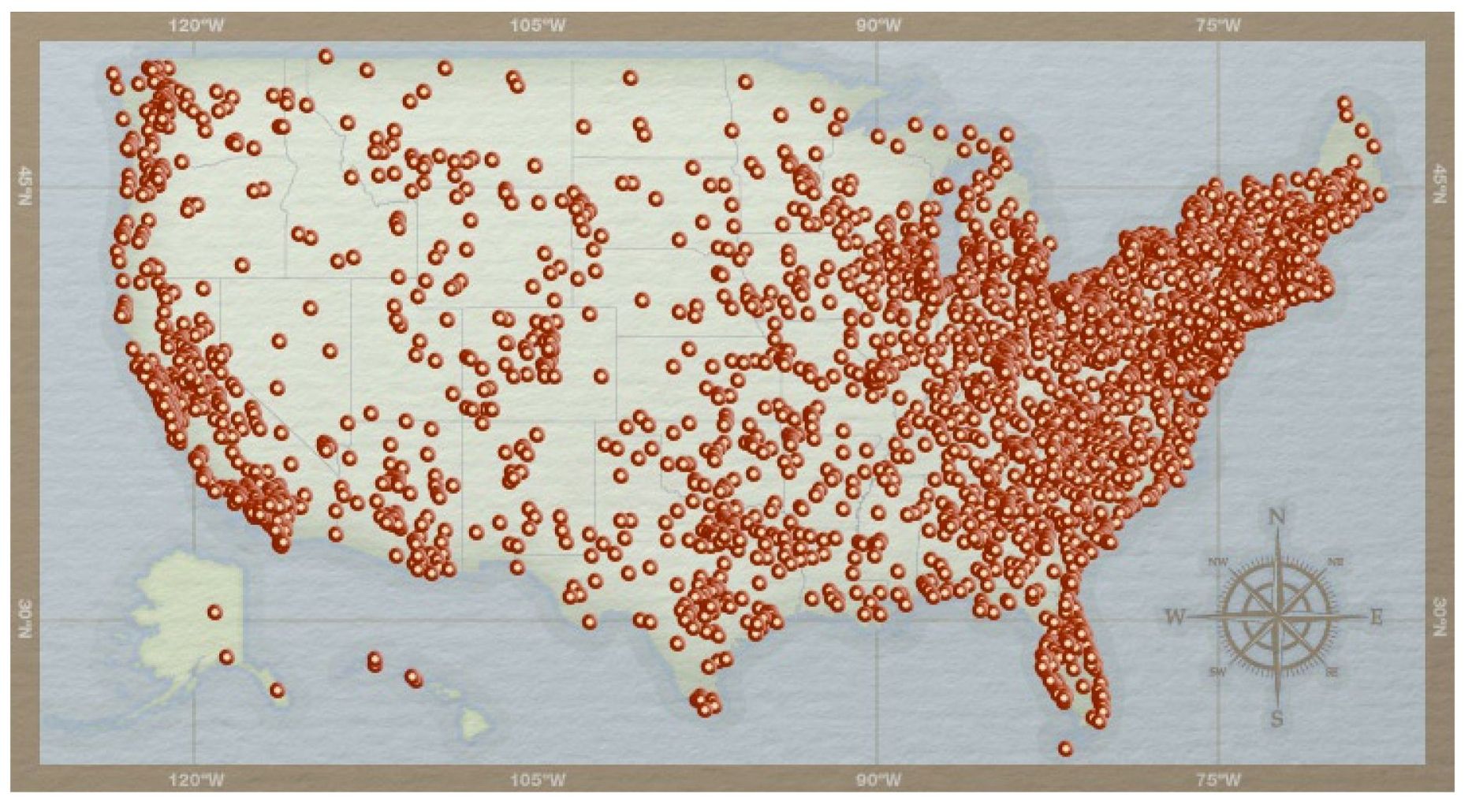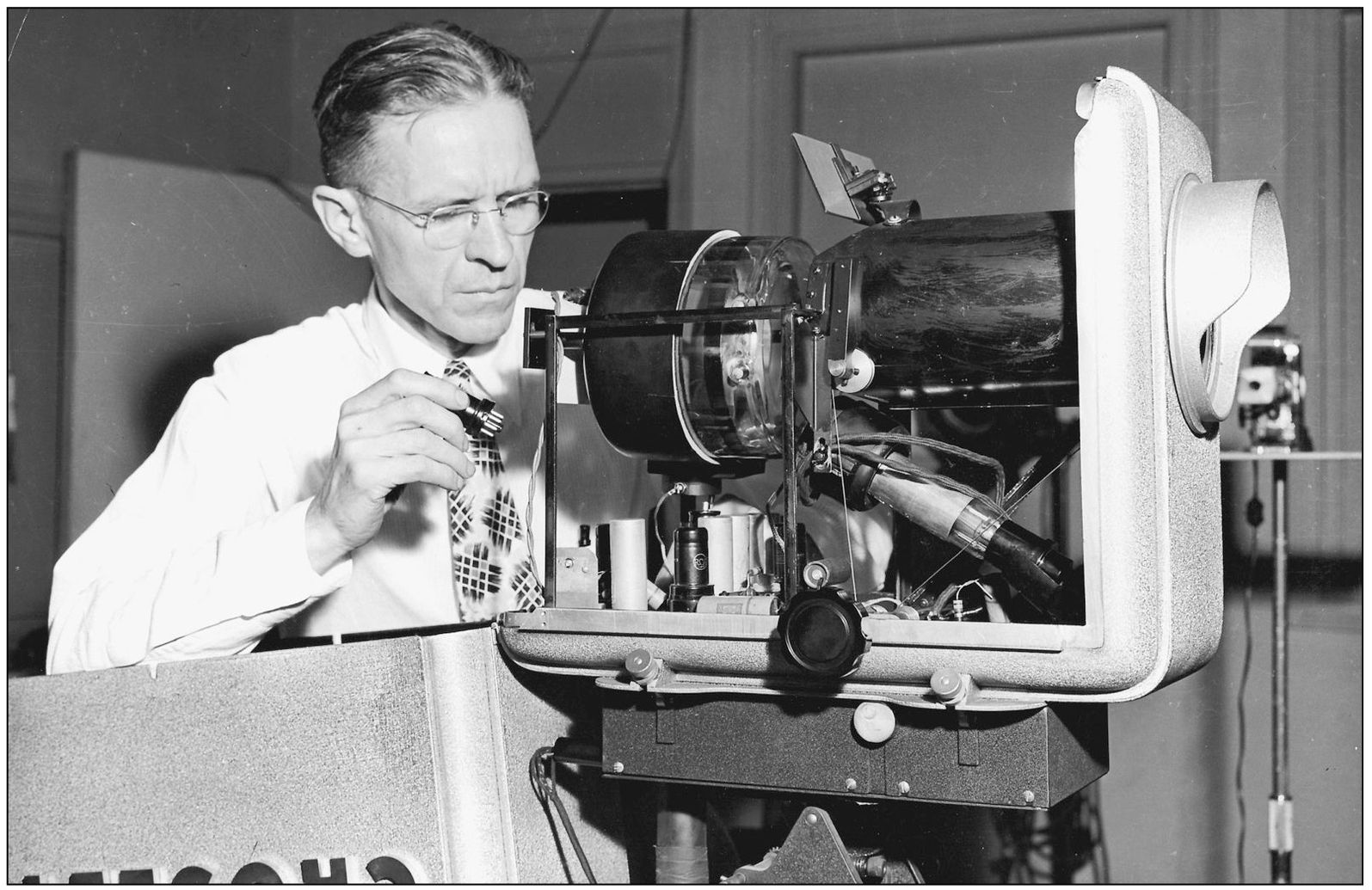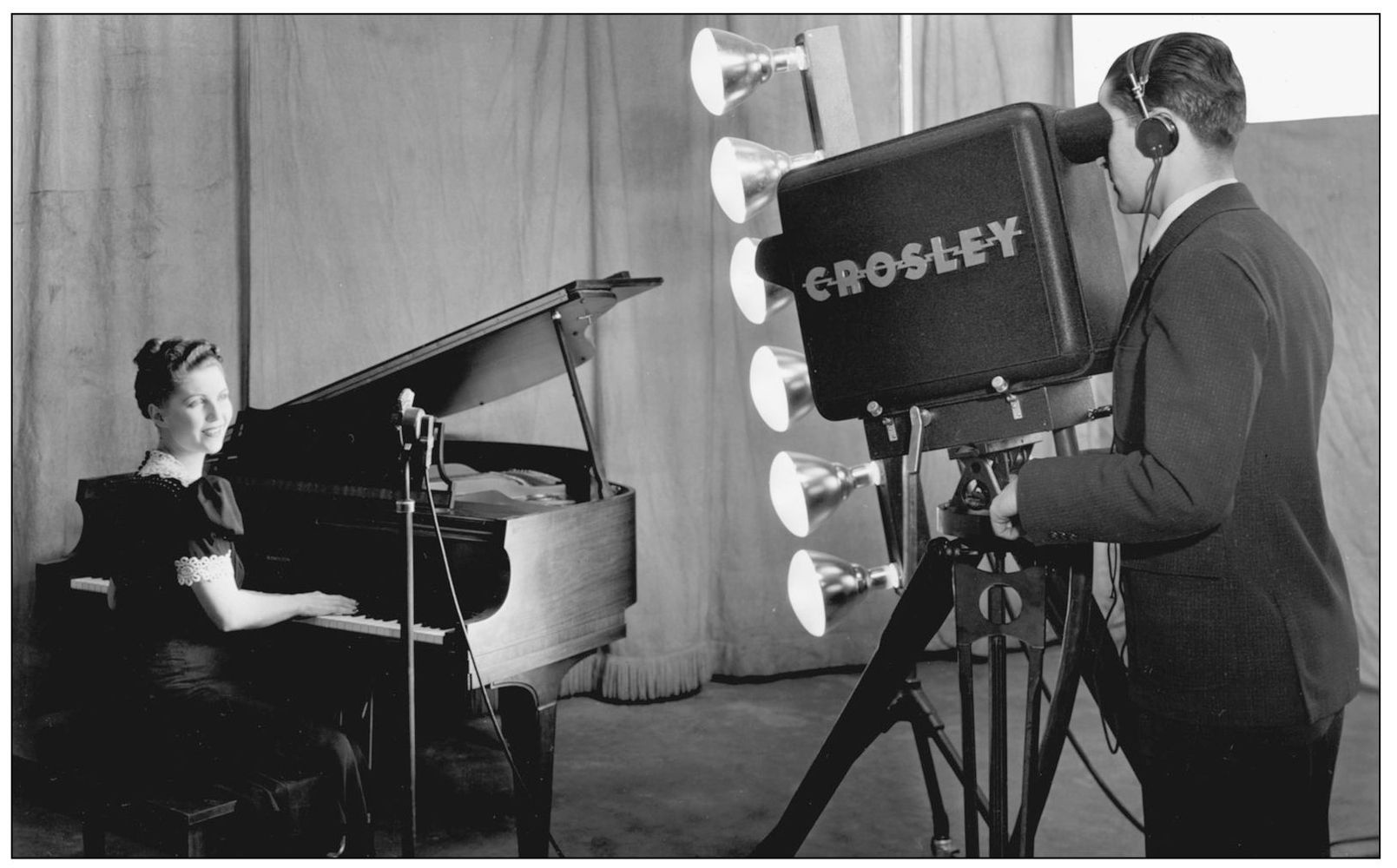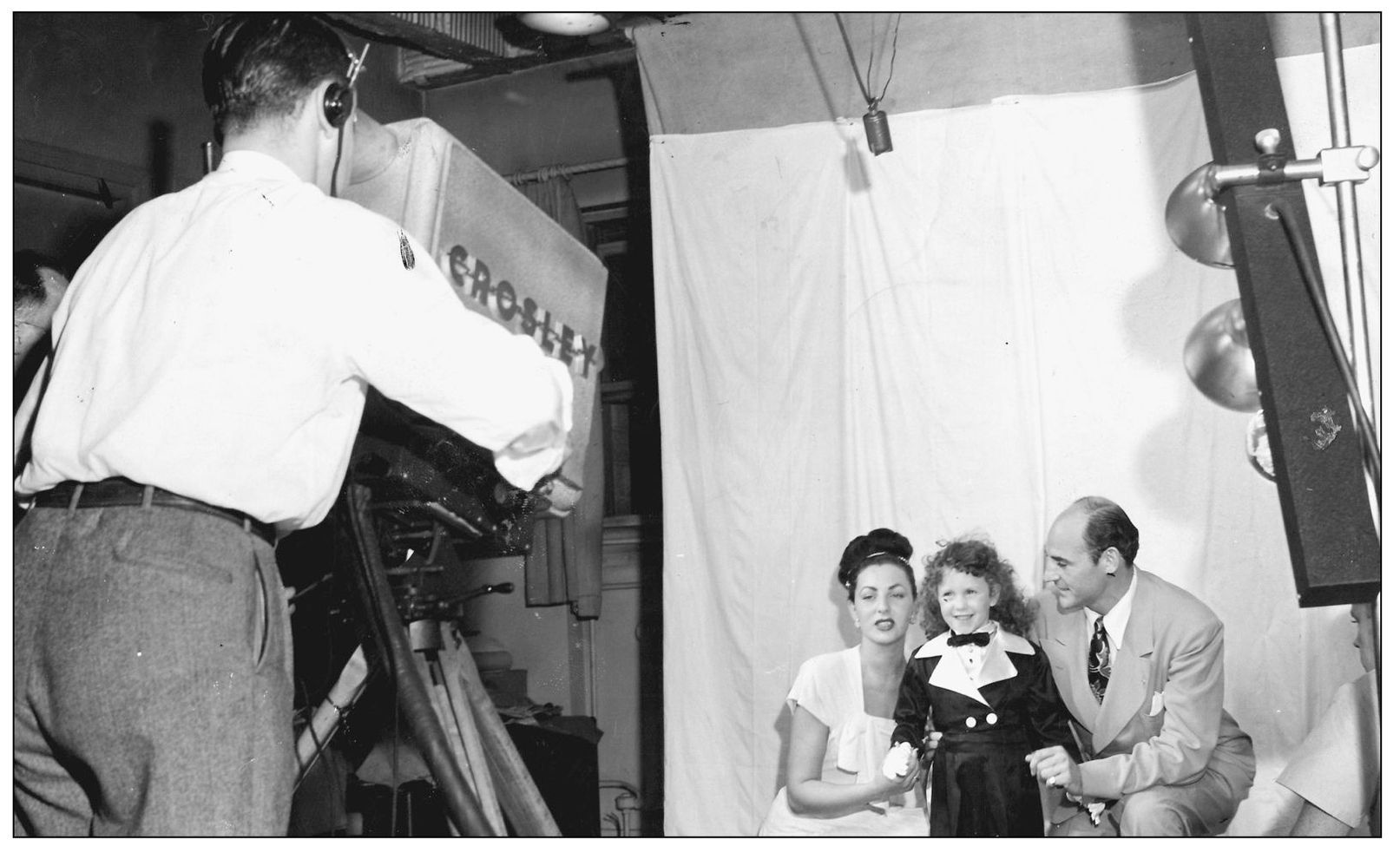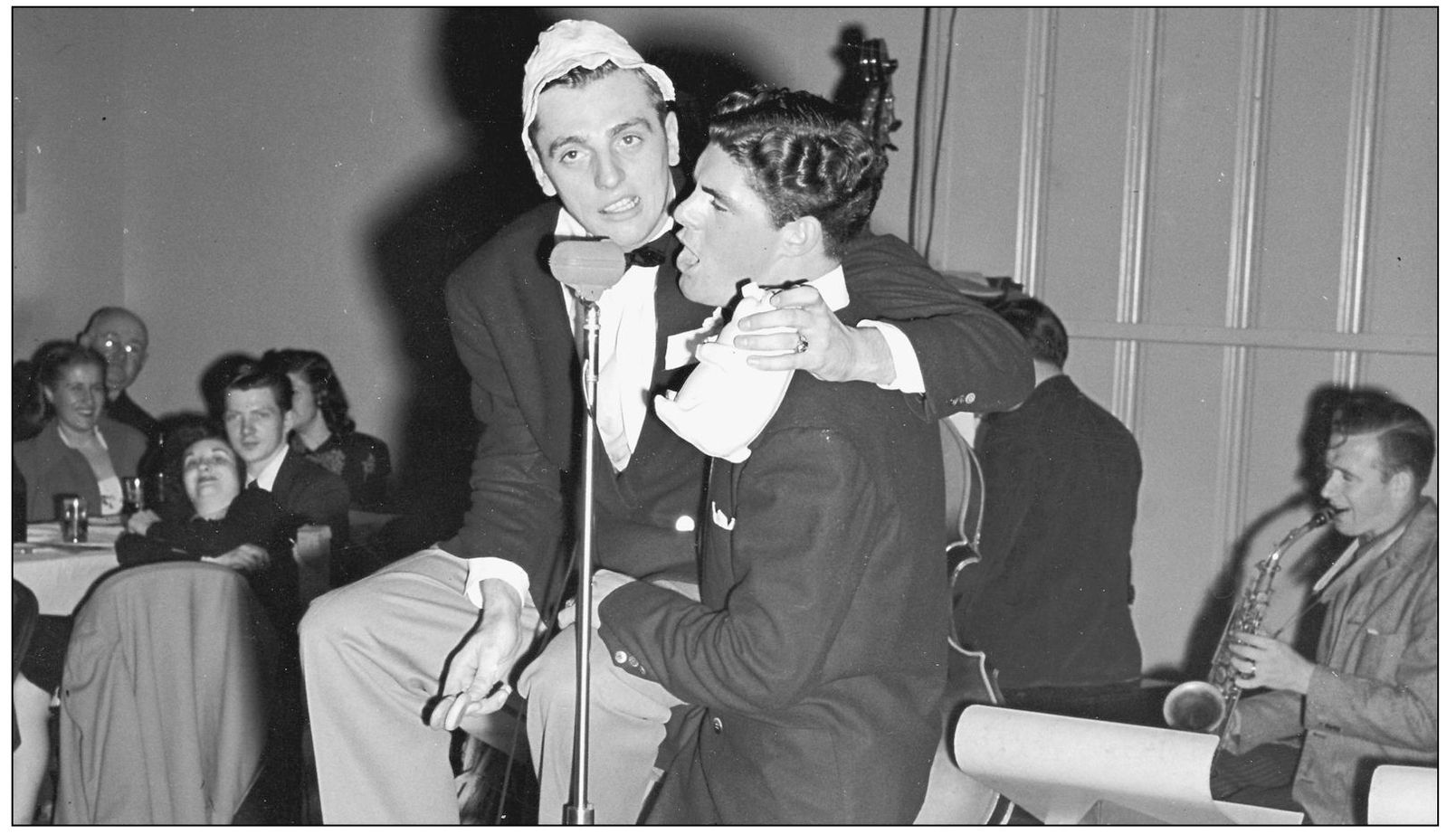ACKNOWLEDGMENTS
Producing a book is like producing a television show. So many people gave their support and direction, often at the most critical times. So before the show begins, I want to roll credits for those who gave their time, memories, and photographs to share this history of Cincinnati television.
Thanks to Clyde Haehnle for his early images and stories. Thanks to WLWTs Richard Dyer and Lisa Snell and the Cincinnati Museum Centers Scott Gampfer, Linda Bailey, and Dan Hurley. Special thanks to my Scripps family, including WCPO-TVs Bill Fee and Allen White; the Cincinnati Post s John Vissman and Bob Hahn; and Sue Porter at the Scripps Howard Foundation.
Thanks to Uncle Al Lewis and Wanda Captain Windy Lewis, David Ashbrock, Kay Barksdale, Dave Bartholomew, Rick Bird, Bernie Borden, Wray Jean Braun, George Bryant, Nick and Nina Clooney, Rosemary Kelly Conrad, Regina Ward Copenhaver, Don Dahlman, Janet Davies, Faye Dorning, Bernie Dwertman, Len Goorian, Suzie Maher Haas, Dennis Hasty, Grace Hill, Rosemary Holland, Michael Jaggers, John Kiesewetter, Dave MacCoy, Dotty Mack, Tom McCarthy, Gene McPherson, Marianne Myers, Bill Nimmo, Claire Richart, Michael Sanders, Cheri Schnitker, Angelica Seacup, Judy Perkins Sinclair, Brian Snape, Bill Spiegel, Dudley Taft, Mary Lynn Tangi, Jim Timmerman, and Paula Jane Watters.
Thanks to Arcadia Publishings Melissa Basilone and John Pearson, who were patient with me, a first-time author who likes to agonize over style and pace and feel and flow.
Most importantly, thanks to my team, including Addie Rosenthal, who supported this effort in so many ways. Thanks to Andrea Dailey, who read and commented and listened through many changes in direction. And thanks to Bill Myers, whose red pen, proofreading, fact checking, and passion for the subject added so much.
I scanned 493 photographs and considered hundreds more before deciding on the 222 images presented here. There are many people, stories, and shows that I wish could be included but lack of space or of images prevented it. I hope this book brings back good memories and whets your appetite to share your stories and save your photographs so our collective histories will live on.
Find more books like this at
www.imagesofamerica.com
Search for your hometown history, your old
stomping grounds, and even your favorite sports team.
One
SIGNING ON
In February 1947, there were only eight television stations on the air in the United States. In Cincinnati, W8XCT, Crosley Corporations experimental predecessor to WLW-T, was broadcasting one hour of programming each week.
One year later, W8XCT became WLW-T, joining 27 commercial television stations across the country. It is estimated that fewer than one in 10 Americans had seen television up to that time.
Pres. William Howard Tafts nephew Hulbert Taft owned and operated the Cincinnati Times-Star newspaper. He had hoped his son Hulbert Taft Jr., known as Hub, would carry on the publishing tradition, but Hub was more interested in radio. So the Taft family bought radio station WKRC and started Taft Broadcasting.
Hub attended the 1939 New York Worlds Fair. Excited by the television demonstration, he returned to Cincinnati to start a television station. The target on-air date was April 1, 1949, but April Fools Day did not seem like a smart date to sign on. On April 4, 1949, WKRC-TV officially signed on.
Three months later, on July 26, 1949, Scripps-Howard Broadcasting launched WCPO-TV. Like the Taft family, E. W. Scripps Company was a newspaper organization that saw radio and then television as the wave of the future.
Exactly five years later, on July 26, 1954, WCET signed on as the first licensed public television station in the United States. On August 1, 1968, WXIX-TV became Cincinnatis fifth television station.
Most call letters have meaning. WCPO stands for the Cincinnati Post Organization. The Taft family bought WKRC from the Kodel Radio Corporation. WCET represents Cincinnati Educational Television, and WXIX refers to the Roman numerals for the number 19.
But what about Cincinnatis oldest television station, WLWT, whose call letters were taken from its radio parent? It is generally thought WLW was randomly assigned, unlike many other call letters. Some suggest it was Powel Crosleys promotion of his powerful signalworlds longest wave. Those who work there continue to suggest it stands for worlds lowest wages.
Roscoe Duncan (above) had been working for Philco in Pennsylvania when Crosley Corporation vice president Ronald James Rockwell convinced him to come to Cincinnati. Duncan designed and built a television system using this camera, placed it on the 46th floor of the Carew Tower, and broadcast under the call letters W8XCT. With only two television receivers in Cincinnati in 1939, Duncan and the Crosley Corporation engineers usually just pointed the camera out the window. The image below, captured off the monitor, shows the northeast side of downtown where the Cincinnati Times-Star building (left) stands at Eighth Street and Broadway. (Above, courtesy WLWT; below, courtesy the Clyde Haehnle collection.)
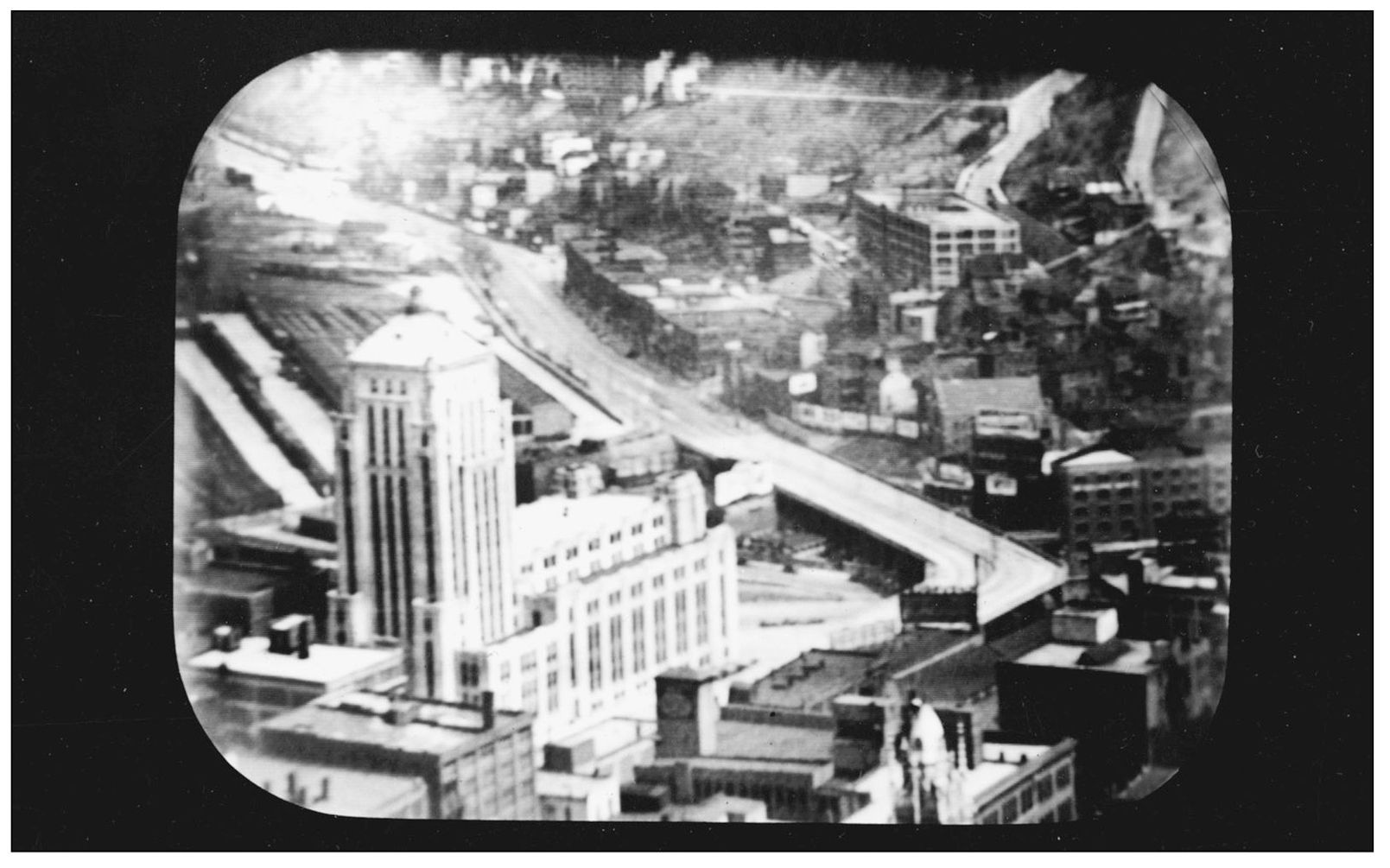
Janette Davis was best known as the singing star of Arthur Godfreys CBS television shows from 1946 to 1957. In 1939, the Crosley Radio Corporation hired Davis to perform for experimental tests. The early television cameras were very insensitive to light, so technicians needed to put a great number of lights on Davis just to create a picture. The lights generated heat and, in a short period of time, the room filled with the smell of scorched wool from Daviss clothing. This was one of the earliest problems with the new technology; talent could be in front of the camera for only a few minutes before they were drenched with perspiration. The picture below, taken off the television screen, was considered an outstanding image in 1939. (Courtesy the Clyde Haehnle collection.)
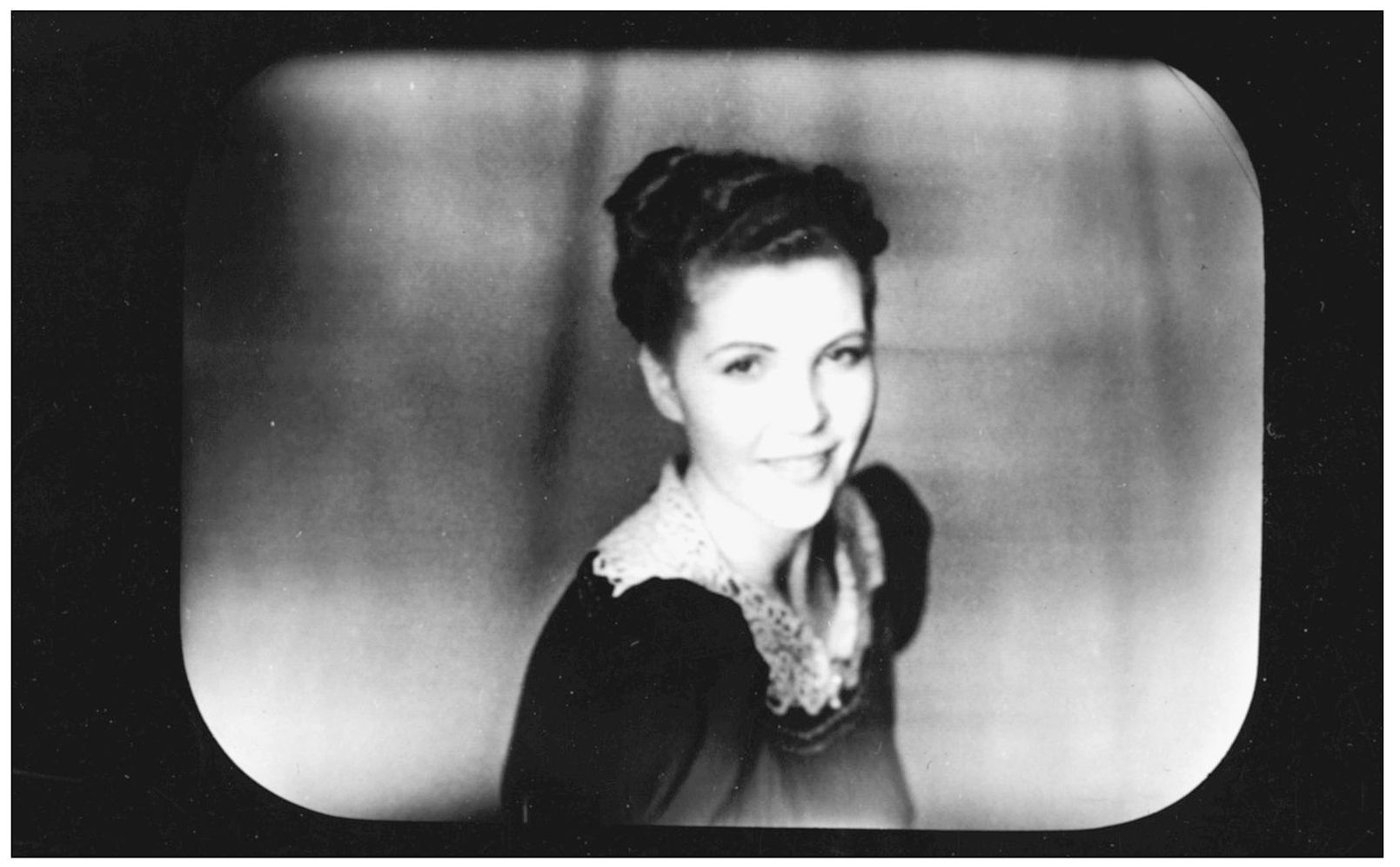
Roberta (left), Lynn, and Harris Rosedale take a bow in front of the W8XCT camera operated by Phil Underwood. The Rosedales taught dance at their downtown studio, hosted a weekly amateur-hour radio show, and staged variety shows. Every Thursday, they brought their dance students and performers to the Carew Tower to perform in front of the camera. Their involvement in television continued for decades. (Courtesy Cincinnati Post.)


